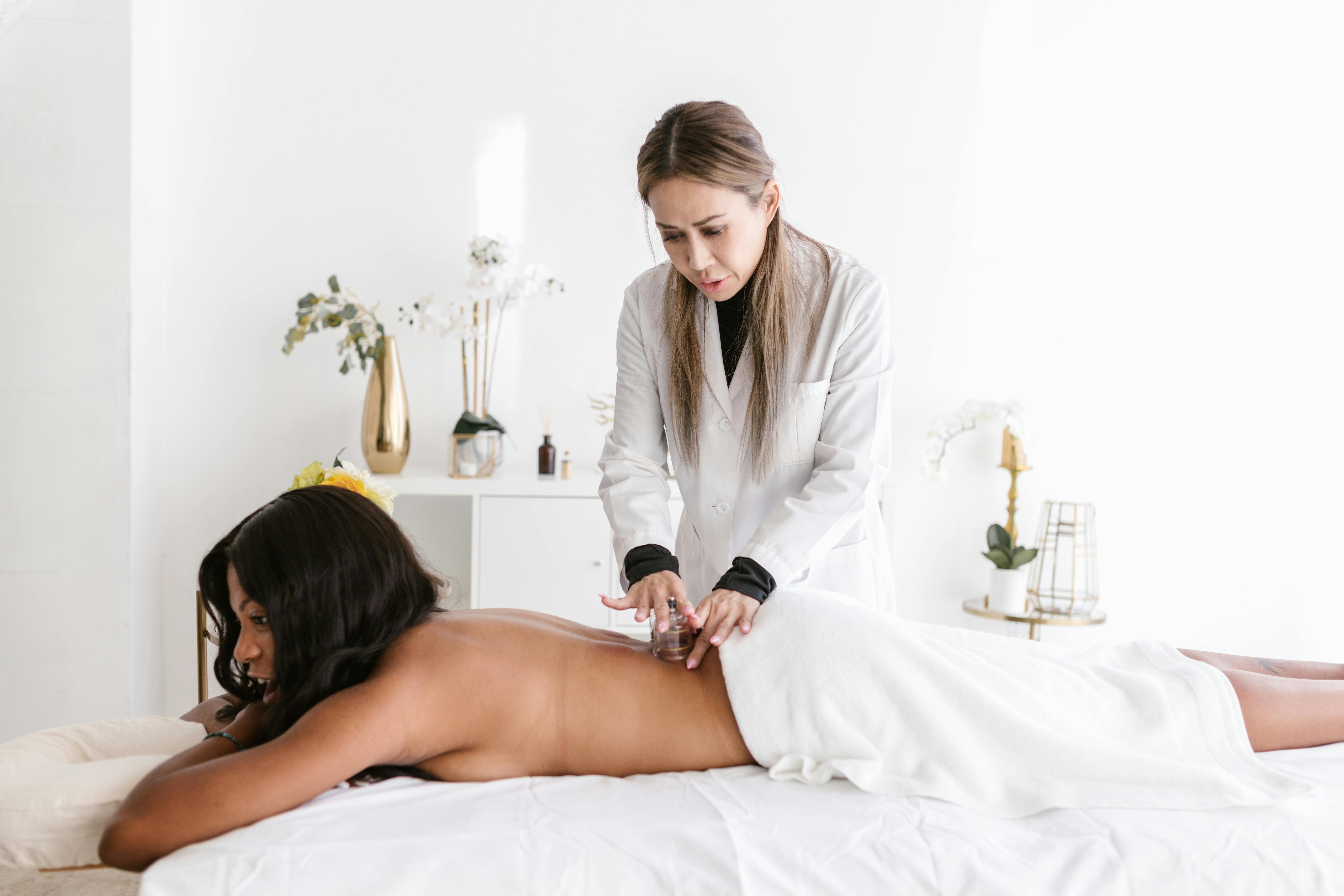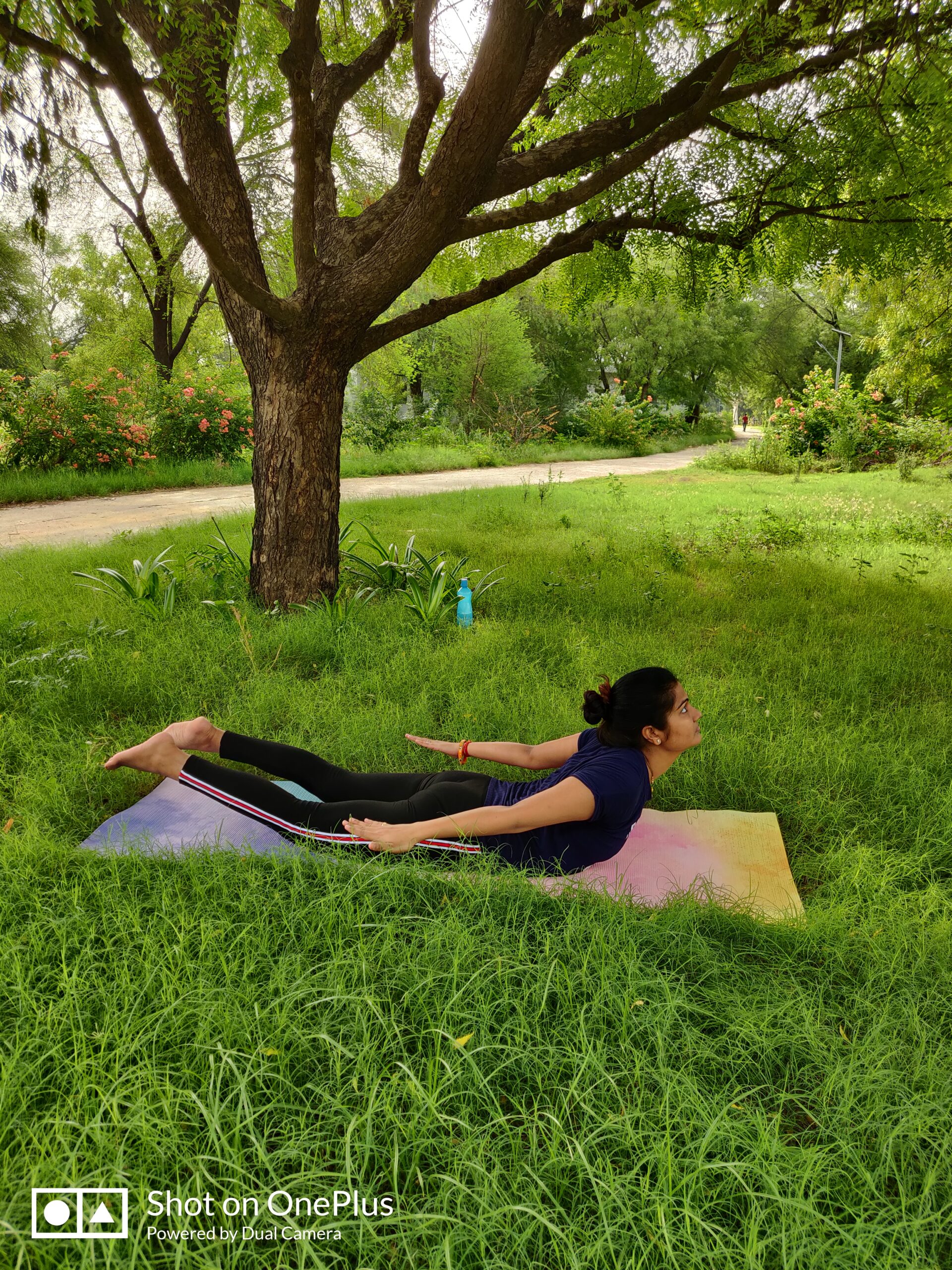Massage therapy is a versatile and ancient healing art that has been practiced for thousands of years. It involves the manipulation of soft tissues and muscles to promote relaxation, alleviate pain, reduce stress, and enhance overall well-being. This article explores the world of massage therapy, delving into its various types, techniques, and the many therapeutic uses that make it a valuable form of complementary healthcare.
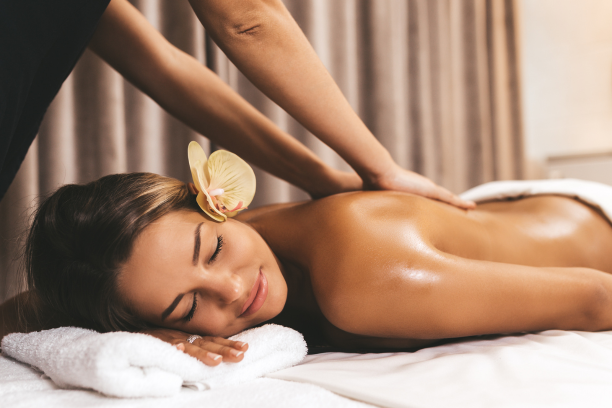
Introduction to Massage Therapy
Massage therapy is an age-old practice that combines physical touch and manual techniques to provide a wide range of health benefits. It is rooted in various cultural traditions and has evolved over time to include numerous modalities and approaches. Massage therapists use their hands, fingers, forearms, elbows, and sometimes even specialized tools to manipulate soft tissues in the body.
The Benefits of Massage Therapy
Before we dive into the specific types and therapeutic uses of massage therapy, it’s essential to understand the wide range of benefits it can offer. Here are some of the key advantages of regular massage:
1. Relaxation and Stress Reduction:
- One of the most well-known benefits of massage is its ability to induce relaxation and reduce stress. The soothing touch of a skilled therapist can help release tension and calm the mind.
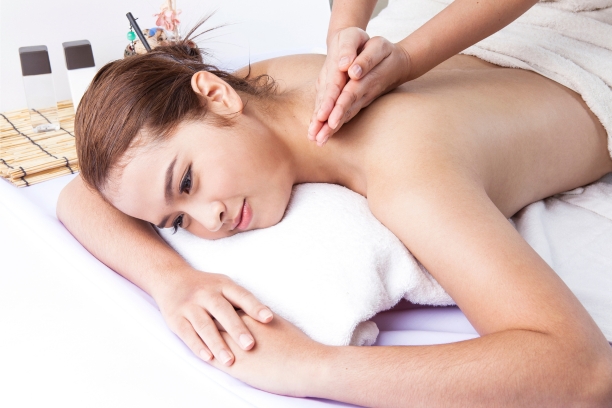
2. Pain Relief:
- Massage can effectively relieve various types of pain, including muscle pain, joint pain, and chronic conditions like fibromyalgia. It can enhance blood flow and reduce muscle stiffness, providing relief.
3. Improved Circulation:
- The manipulation of soft tissues during massage promotes better blood circulation. Improved circulation can help oxygen and nutrients reach cells more effectively and remove waste products.
4. Enhanced Flexibility and Range of Motion:
- Regular massages can help increase joint flexibility and improve range of motion. This is particularly beneficial for athletes and individuals with mobility issues.
5. Enhanced Immune System:
- Some studies suggest that massage therapy may boost the immune system by increasing the production of natural killer cells and promoting overall immune function.
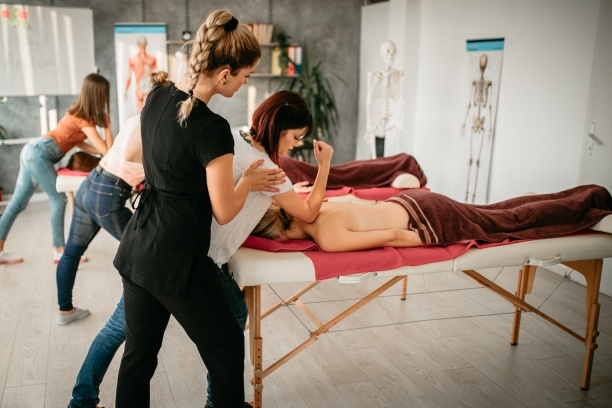
6. Mood Enhancement:
- Massage has been shown to elevate mood by increasing the release of serotonin and dopamine, the body’s natural “feel-good” chemicals.
7. Better Sleep:
- Those who receive regular massages often report improved sleep patterns and better sleep quality.
Types of Massage Therapy
Massage therapy encompasses a wide range of modalities, each with its own techniques and therapeutic applications. Here are some of the most popular types of massage:
1. Swedish Massage:
- Technique: Swedish massage is a gentle and relaxing form of massage that uses long, flowing strokes, kneading, tapping, and circular movements.
- Therapeutic Uses: It’s an excellent choice for stress reduction and relaxation. It can also help with pain relief and improving circulation.
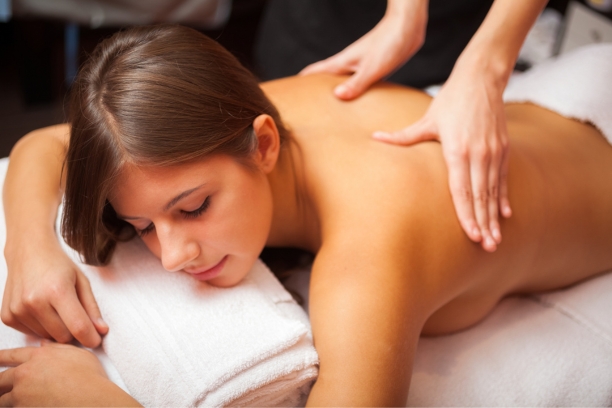
2. Deep Tissue Massage:
- Technique: Deep tissue massage uses firm pressure and slow strokes to target the deeper layers of muscles and connective tissue.
- Therapeutic Uses: It’s ideal for addressing chronic muscle pain, muscle injuries, and postural issues. It can also aid in breaking up scar tissue.
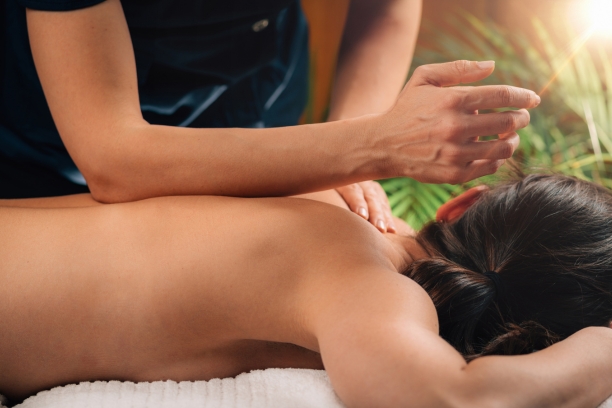
3. Sports Massage:
- Technique: Sports massage focuses on the specific needs of athletes and includes techniques like stretching friction, and trigger point therapy.
- Therapeutic Uses: It helps athletes prevent and recover from injuries, improves performance, and enhances flexibility.
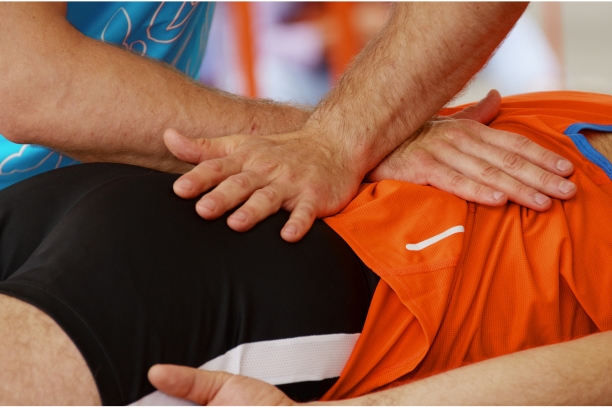
4. Hot Stone Massage:
- Technique: Hot stone massage involves the placement of smooth, heated stones on the body, combined with traditional massage techniques.
- Therapeutic Uses: It promotes relaxation, eases muscle tension, and can be particularly soothing in cold weather.
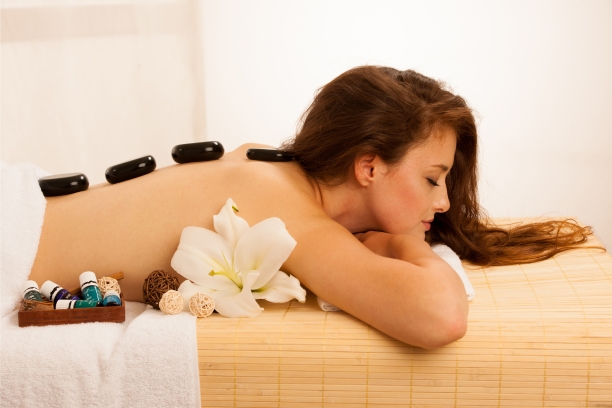
5. Aromatherapy Massage:
- Technique: Aromatherapy massage combines massage with the use of essential oils, which are chosen for their specific therapeutic properties and scents.
- Therapeutic Uses: It is used to enhance relaxation, reduce stress, and address specific concerns like headaches or insomnia.
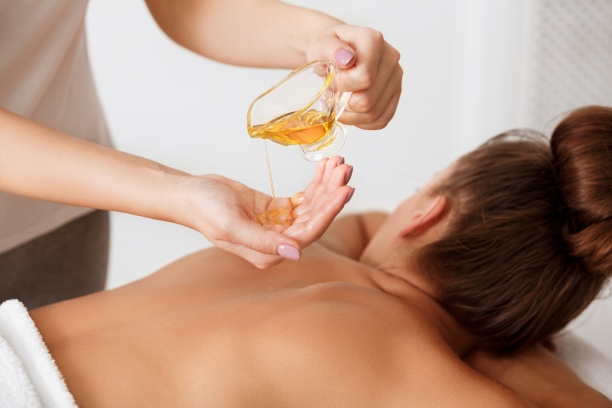
6. Shiatsu Massage:
- Technique: Shiatsu is a Japanese technique that involves applying pressure to specific points on the body using fingers, thumbs, and palms.
- Therapeutic Uses: It aims to improve energy flow and balance in the body and is often used to address musculoskeletal pain and tension.
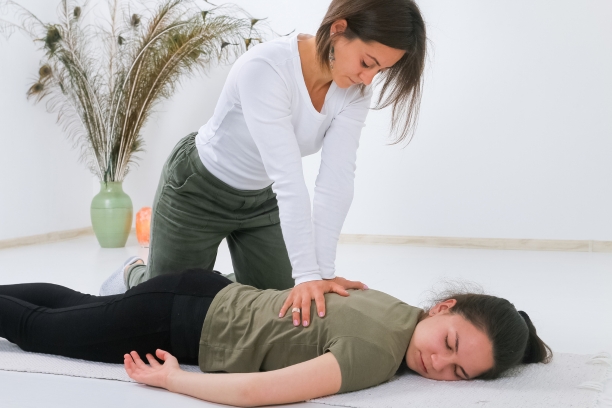
7. Thai Massage:
- Technique: Thai massage combines passive stretching and gentle pressure to relieve muscle and joint tension.
- Therapeutic Uses: It improves flexibility, reduces stress, and can alleviate musculoskeletal pain.
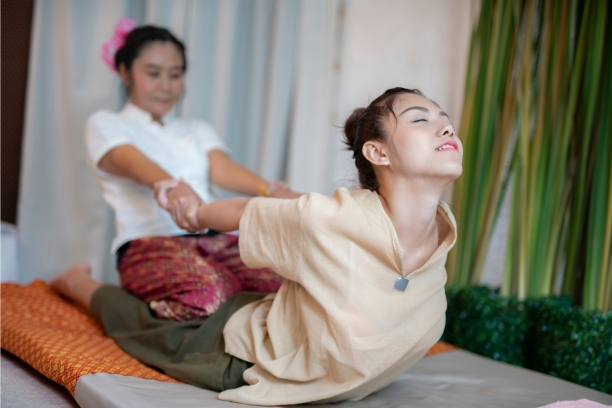
8. Prenatal Massage:
- Technique: Prenatal massage is designed for expectant mothers and employs techniques that ensure the comfort and safety of both the mother and the baby.
- Therapeutic Uses: It helps relieve common pregnancy discomforts like back pain and swollen ankles while promoting relaxation.
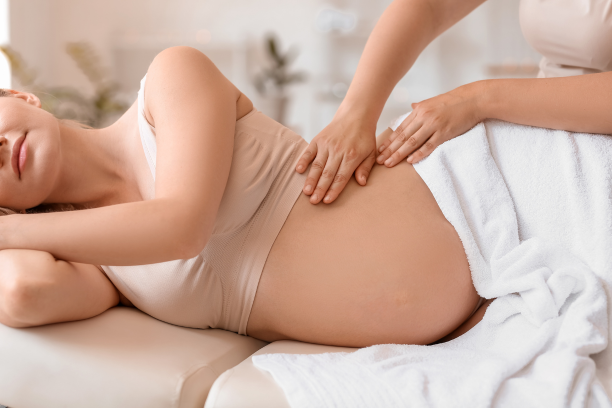
9. Reflexology:
- Technique: Reflexology is based on the theory that specific points on the feet, hands, and ears correspond to different areas of the body. Pressure is applied to these points to promote healing and relaxation.
- Therapeutic Uses: Reflexology can address a wide range of conditions, including pain, stress, and digestive issues.
Key Roles of Massage in Naturopathy
- Stress Reduction: Naturopathy recognizes the significant impact of stress on health. Massage therapy is a powerful stress-reduction tool. It helps individuals relax, lowers stress hormones, and promotes a sense of calm, all of which contribute to the body’s ability to heal and maintain balance.
- Enhancing Circulation: Improved circulation is vital for the delivery of oxygen and nutrients to cells, as well as the removal of waste products. Massage can increase blood flow and lymphatic circulation, facilitating the body’s detoxification processes.
- Pain Management: Naturopathic medicine often seeks to address pain without relying on pharmaceutical interventions. Massage therapy can be a valuable component of pain management by reducing muscle tension, improving flexibility, and promoting natural pain relief through the release of endorphins.
- Balancing the Nervous System: Naturopathy emphasizes the importance of a well-balanced nervous system. Massage has a calming effect on the sympathetic (fight-or-flight) nervous system and can activate the parasympathetic (rest-and-digest) nervous system, promoting a state of relaxation and balance.
- Enhancing the Immune System: Naturopathy aims to bolster the immune system. While massage itself does not directly boost the immune system, its stress-reduction and relaxation effects can indirectly support immune function, as chronic stress can weaken the immune response.
- Holistic Approach: Naturopathy considers the whole person when addressing health issues. Massage therapy takes a holistic approach as well, treating the person as a whole rather than focusing solely on the symptoms. It promotes physical, emotional, and mental well-being, aligning with naturopathic principles.
Complementary and Integrative Therapy
Naturopathic practitioners often employ an integrative approach, combining various natural therapies to address their patients’ health concerns. Massage therapy is a complementary treatment that can be seamlessly integrated into a naturopathic care plan. It complements other naturopathic modalities such as nutrition, herbal medicine, hydrotherapy, and lifestyle counseling.
Customized Treatment
In naturopathy, the treatment plan is highly individualized, taking into account a person’s unique health history, constitution, and specific health goals. Massage therapy can be tailored to suit the individual’s needs, making it a versatile tool for naturopathic practitioners. The type of massage, techniques used, and treatment frequency can all be customized to address specific health concerns.
Therapeutic Uses of Massage Therapy
Massage therapy has a multitude of therapeutic applications that extend beyond relaxation. It can be used to address a wide range of physical and emotional health concerns. Here are some of the therapeutic uses of massage therapy:
1. Pain Management:
- Massage therapy is often used to manage and alleviate various types of pain, including chronic pain conditions, muscle soreness, and headaches.

2. Stress Reduction:
- Stress is a common issue in modern life, and massage is a powerful tool for stress reduction. Regular sessions can help individuals manage stress and improve their overall well-being.

3. Rehabilitation and Injury Recovery:
- Massage plays a crucial role in the rehabilitation process for injuries. It can help restore range of motion, reduce muscle tension, and aid in the healing of soft tissues.
4. Improved Sleep Patterns:
- Many individuals experience improved sleep quality after a massage, making it an effective tool for those with insomnia or sleep disturbances.
5. Enhanced Mood and Emotional Well-Being:
- Massage can promote the release of endorphins and other “feel-good” chemicals, helping individuals manage anxiety, depression, and mood disorders.
6. Improved Circulation:
- The improved circulation resulting from massage can aid in the healing process, reduce swelling, and promote overall cardiovascular health.
7. Migraine and Headache Management:
- Massage, particularly in the neck and shoulder areas, can provide relief for individuals suffering from migraines and tension headaches.
8. Enhanced Flexibility and Range of Motion:
- Athletes and individuals with restricted mobility can benefit from massage to improve flexibility and overall performance.
9. Support for Digestive Health:
- Abdominal massage, such as in the practice of abdominal massage therapy, can help individuals with digestive issues and discomfort.
10. Prenatal and Postnatal Care:
- Prenatal and postnatal massage can provide comfort and relief for expectant mothers, as well as aid in the recovery process after childbirth.
11. Management of Chronic Conditions:
- Massage can be used as a complementary therapy for various chronic conditions, including fibromyalgia, osteoarthritis, and multiple sclerosis.
The Role of the Massage Therapist

A skilled and trained massage therapist is central to the success of massage therapy. These professionals are well-versed in various techniques and modalities and tailor their approach to the individual needs and preferences of their clients. They take into account the client’s health history, current condition, and specific goals to provide a safe and effective massage experience.
Massage therapists are also knowledgeable about contraindications and precautions. They ensure that massage is safe for their clients and may make necessary adjustments or recommendations based on the individual’s health status.

